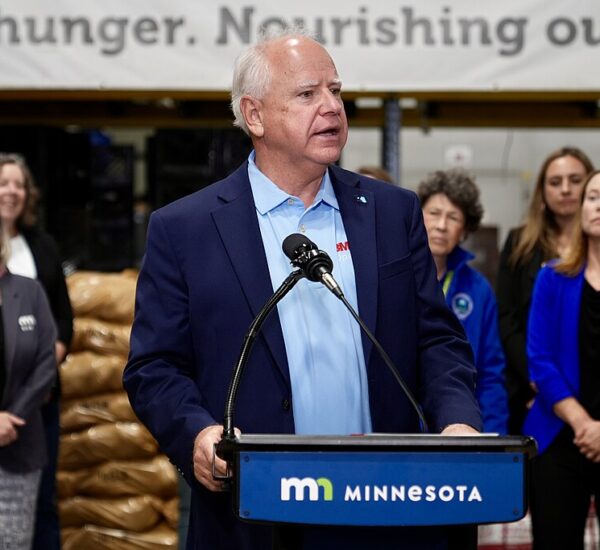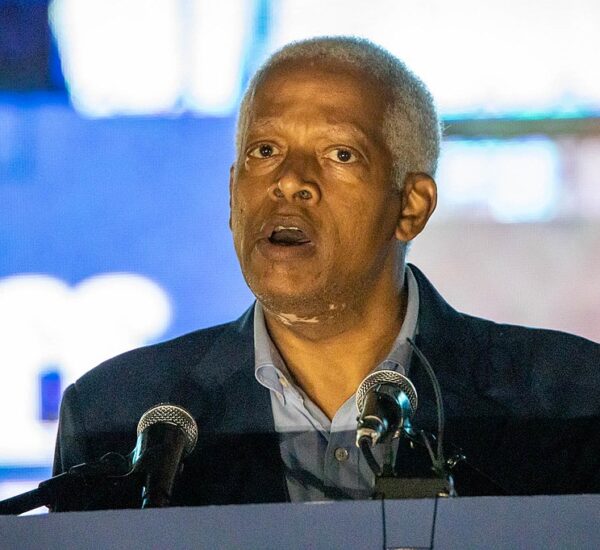The Supreme Court needs to side with Trump on this one.
The Trump administration has launched an emergency appeal to the U.S. Supreme Court, demanding the authority to move forward with long-awaited cuts to the bloated federal workforce. The request comes after a lower court blocked the president’s plan to trim thousands of taxpayer-funded jobs, sparking outrage among conservatives pushing for limited government and fiscal responsibility.
In the high-stakes filing, U.S. Solicitor General D. John Sauer called the lower court’s ruling “legally unsound” and said it undermines the Executive Branch’s clear constitutional authority to manage federal personnel. At stake is President Trump’s ambitious plan to reduce government waste through widespread Reductions in Force (RIFs) across 21 federal agencies.
“The court’s order is inflicting ongoing and severe harm,” Sauer told the justices. “It has frozen critical downsizing efforts, caused widespread confusion, and forced taxpayers to foot the bill for thousands of federal employees no longer essential to service.”
Sauer argued the decision rests on a false premise—that the president needs congressional permission to carry out basic personnel changes. The injunction has already stalled multiple RIFs, forcing federal agencies to keep redundant employees on the payroll, costing the American public millions in wasted spending.
The appeal comes days after the liberal Ninth Circuit Court of Appeals refused to lift the injunction. That court, based in San Francisco, declared the Trump administration’s executive order “unprecedented” and accused the president of overstepping his constitutional authority.
The Trump White House strongly disputes that claim.
“This isn’t about politics—it’s about restoring balance and putting taxpayers first,” one senior official said. “President Trump was re-elected with a mandate to cut waste, drain the swamp, and put America back on track. These activist judges are standing in the way.”
This marks the 18th emergency appeal from the Trump administration to the Supreme Court during the president’s second term—many involving similar showdowns between the White House and lower courts over executive orders focused on national reform, deregulation, and spending cuts.
Meanwhile, the Department of Government Efficiency (DOGE)—which has spearheaded the RIF effort—remains active despite the departure of Elon Musk, who stepped down Friday from his official post as department head.
Musk told Fox News that his exit doesn’t mark the end of DOGE, but “the beginning of a larger movement to modernize government and respect the taxpayer.”
For now, the future of the federal workforce—and the power of the presidency—is in the hands of the nation’s highest court. If the Supreme Court rules in favor of the administration, it could clear the path for the most significant government reform in decades.






